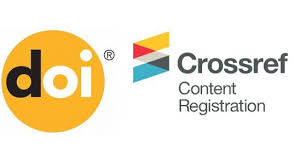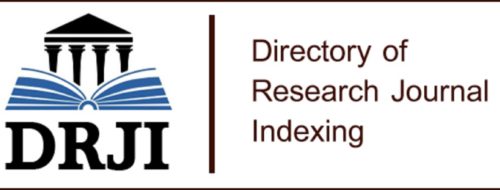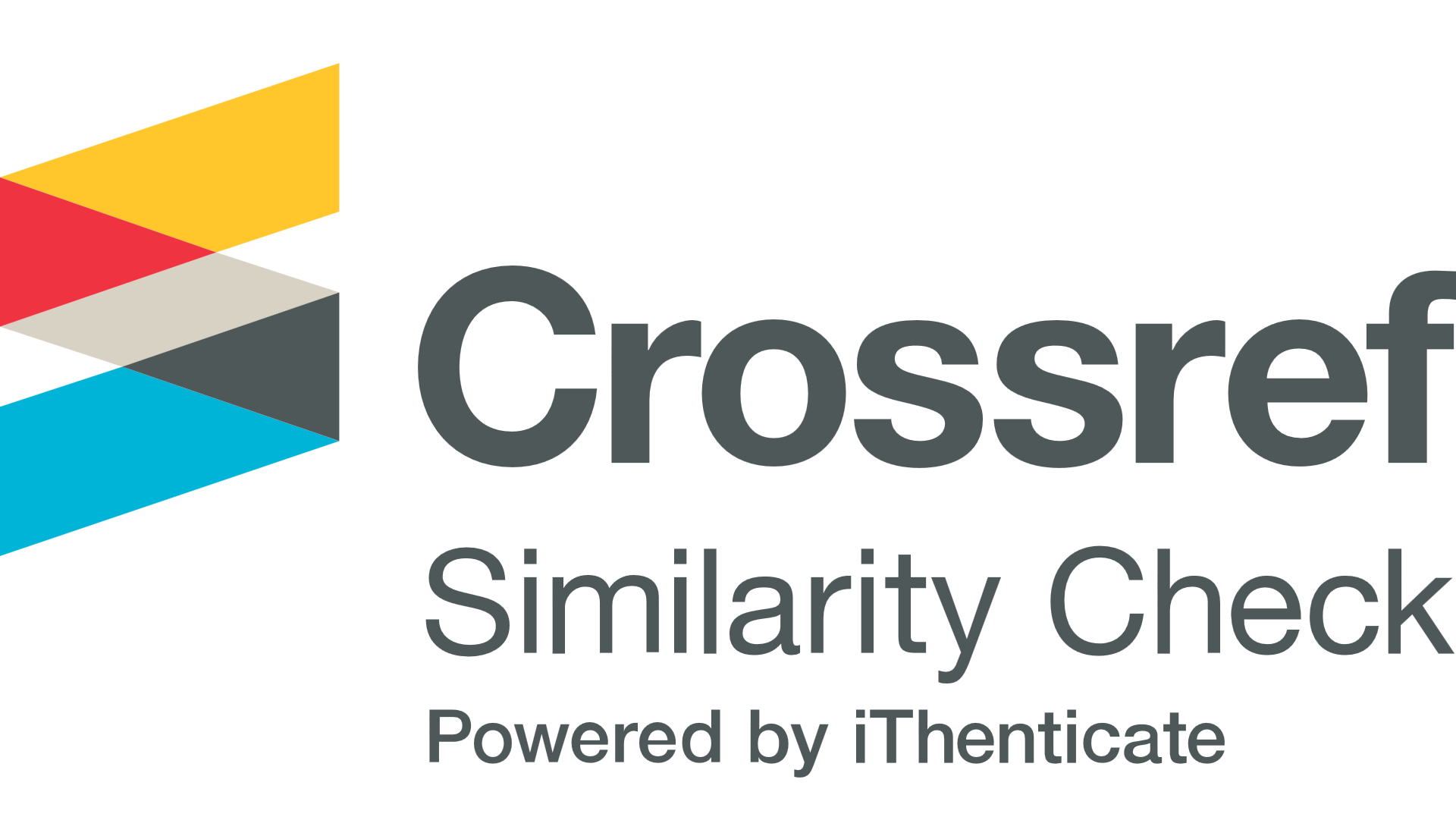LA REALIDAD AUMENTADA EN EL PROCESO DE ENSEÑANZA APRENDIZAJE, PARA MEJORAR LA MOTIVACIÓN EN LOS ESTUDIANTES
DOI:
https://doi.org/10.46296/yc.v7i12.0272Palabras clave:
realidad aumentada, enseñanza aprendizaje, motivaciónResumen
La tecnología día a día sorprende con una diversidad de recursos e innovaciones tecnológicos al alcance de los seres humanos, abriendo grandes oportunidades de desarrollo en todos los ámbitos, principalmente en el aspecto educativo. Muchos países han efectuado nuevas estrategias de enseñanza-aprendizaje implementando el uso de las tecnologías para generar mayor impacto y motivación a los estudiantes en el proceso de la formación educativa. Por tanto, el objetivo es diseñar una propuesta metodológica en el uso de la realidad aumentada en el proceso de enseñanza aprendizaje, dirigido al bachillerato en ciencias de la Unidad Educativa “Carlos Julio Arosemena Tola” del cantón Tosagua en el año 2022. Se aplicó una metodología de enfoque mixto, descriptivo, de campo y documental. La técnica utilizada, fue la encuesta aplicada a estudiantes “sobre el dominio en la tecnología”, y como método cualitativo se realizó entrevista a los padres de familia o representantes legales de los estudiantes “sobre la disponibilidad y usos de herramientas tecnológicas”. Los resultados obtenidos demuestran que existe un adecuado dominio de la tecnología en un significativo porcentaje de estudiantes, así mismo en la aplicación de la entrevista a los padres de familia, nos dio como respuesta que existe la disponibilidad y usos de herramientas tecnológicas en la mayoría de los hogares. Se concluye que surge la necesidad de diseñar una propuesta metodológica para la utilización de la realidad aumentada en el proceso de enseñanza aprendizaje y mejorar la motivación en los estudiantes, puesto que se cuenta con dominio y disponibilidad de tecnología.
Palabras claves: realidad aumentada, enseñanza aprendizaje, motivación.
Abstract
Nowadays, throughout the world, there is an immensity of technological resources within the reach of human beings, however, it is used for various aspects without taking into account how useful it would be to introduce it in the educational field. Many countries have carried out new teaching-learning strategies implementing the use of technologies to generate greater impact and motivation in students in the educational training process. Therefore, the objective is to design a methodological proposal to use augmented reality in the teaching-learning process, in the baccalaureate in sciences of the Educational Unit "Carlos Julio Arosemena Tola" of the Tosagua canton in the year 2022. A methodology of Mixed, descriptive, field and documentary approach. The technique used was the survey applied to students "on technology mastery", and as a qualitative method, an interview was conducted with parents or legal representatives of students "on the availability and use of technological tools". The results showed that there is an adequate mastery of technology in a large part of the students, in addition it was obtained as a result that the availability and use of technological tools in homes exists in the majority of homes. It is concluded that there is a need to design a methodological proposal for the use of augmented reality in the teaching-learning process and improve student motivation, since technology is mastered and available.
Keywords: augmented reality, teaching learning, motivation.
Información del manuscrito:
Fecha de recepción: 05 de octubre de 2022.
Fecha de aceptación: 04 de enero de 2023.
Fecha de publicación: 10 de enero de 2023.
Descargas
Citas
Álava, M., y Álava, D. (2022). Youtube como refuerzo académico en la asignatura de matemática de octavo año básico. MQRInvestigar, 6(4), 136-155.https://doi.org/10.56048/MQR20225.6.4.2022.136-155
Alalwan, N., Cheng, L., Al-Samarrie, H., Yousef, R., Alzahrani, A. & Muthanna, S. (2020). Challenges and prospects of virtual reality and augmented reality. Utilization among Primary School teachers: A developing country perspective, Studies in Educational Evaluation, 66(1), 1-12. https://doi.org/10.1016/j.stueduc.2020.100876
Alemán Marichal, B., Navarro de Armas, O. L., Suárez Díaz, R. M., Izquierdo Barceló, Y., & Encinas Alemán, T. D. L. C. (2018). La motivación en el contexto del proceso enseñanza-aprendizaje en carreras de las Ciencias Médicas. Revista Médica Electrónica, 40(4), 1257-1270.
Akçayir, M. & Akçayir, G. (2017). Advantages and challenges associated with aug-mented reality for education: A systematic review of the literature. Educational Research Review, 20(1), 1-11. https://doi.org/10.1016/j.edurev.2016.11.002
Aznar, I., Romero, J.M., & Rodríguez-García, A.M. (2018). La tecnología móvil de Realidad Virtual en educación: una revisión del estado de la literatura científica en España. EDMETIC, Revista de Educación Mediática y TIC, 7(1), 256-274.
Cabero, J., Barroso, J., & Obrador, M. (2017). Realidad aumentada aplicada a la enseñanza de la medicina. Educación Médica, 18(3), 203-208.
Chen, P., Liu, X., Cheng, W. & Huang, R. (2017). A review of Using Augmented reality in Education from 2011 to 2016. In E. Popescu, K. Mohamed, R. Huang, M. Jemni, N. Chen & D. Sampson (eds.). Innovations in Smart Learning. Lecture Notes in Educational Technology (pp. 13-18). Springer: Singapore.
Educación 3.0, Líder informativo en innovación educativa (2020) https://www.educaciontrespuntocero.com/recursos/aplicaciones-realidad-aumentada/
Garay, U., Tejada, E., & Castaño, C. (2017). Percepciones del alumnado hacia el aprendizaje mediante objetos educativos enriquecidos con realidad aumentada. EDMETIC, Revista de Educación Mediática y TIC, 6(1), 145-164
Gómez, M., Trujillo, J.M., Aznar, I., & Cáceres, M.P. (2018). Augment reality and virtual reality for the improvement of spatial competences in Physical Education. Journal of Human Sport and Exercise, 13(2), 189- 198
Hinojo-Lucena, F. J., Aznar-Díaz, I., Cáceres-Reche, M. P., Trujillo-Torres, J. M., & Romero-Rodríguez, J. M. (2019). Problematic Internet Use as a Predictor of Eating Disorders in Students: A Systematic Review and Meta-Analysis Study. Nutrients, 11(9), 2151
Khan, T., Johnston, K. & Ophoff, J. (2019). The Impact of an Augmented Reality Application on Learning Motivation of Students. Advances in Human Computer Interaction, 2019(1), 1-15. https://doi.org/10.1155/2019/7208494
López-Belmonte, J.; Pozo, S.; Fuentes, A.; Romero, J.M. (2020). Eficacia del aprendizaje mediante flipped learning con realidad aumentada en la educación sanitaria escolar. Journal of Sport and Health Research. 12(1):64-79.
López-Faicán, L. & Jaén, J. (2020). EmoFindAR: Evaluation of a mobile multiplayer augmented reality game for primary school Children. Computers & Education, 149(1), 1-20. https://doi.org/10.1016/j.compedu.2020.103814
Lorenzo, G., & Scagliarini, C. (2018). Revisión bibliométrica sobre la realidad aumentada en Educación. Revista general de información y documentación, 28(1), 45-60
Martínez, N. M. M., Olivencia, J. J. L., & Terrón, A. M. (2016). Herramientas de Realidad Aumentada para la Enseñanza Superior en el Área de Medicina. Hekademos: revista educativa digital, (21), 19-33.
Prendes, C. (2015). Realidad aumentada y educación: análisis de experiencias prácticas. Pixel-Bit. Revista de Medios y Educación,46, 187-203.
Toledo, P., & Sánchez, J.M. (2017). Realidad Aumentada en Educación Primaria: efectos sobre el aprendizaje. RELATEC: Revista Latinoamericana de Tecnología Educativa,16(1), 79-92.





























